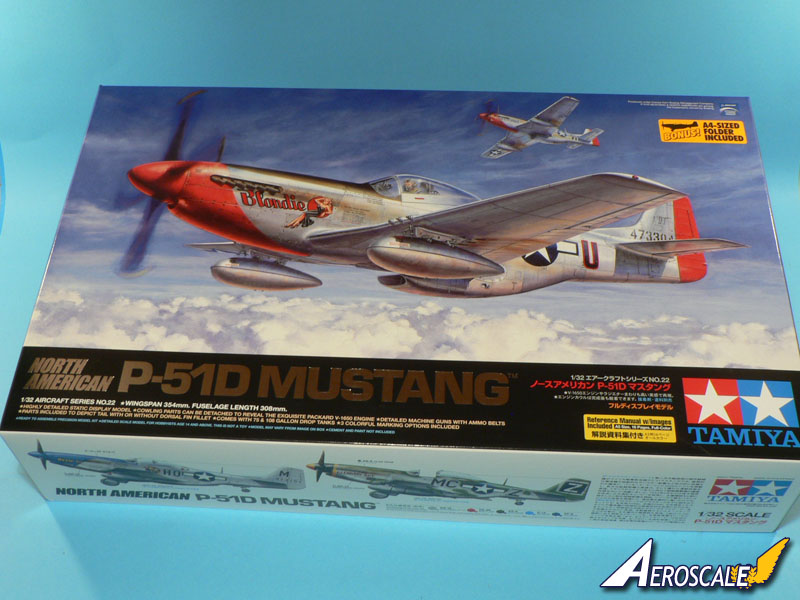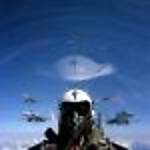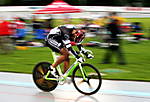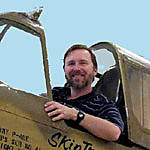Quoted Text
Quoted Text
This hysteria over the rivets is just that, misguided hysteria. Many Mustangs may have been built with all the rivets covered in a coat of filler and paint, but as soon as they went in for a repaint all the old paint, filler etc would have been removed and the aircraft repainted without all that heavy filler.
I have a book on the P-51, I can't remember what it's called at the moment and it's packed away, but when I move I'll dig it out and find the paragraph about the filler. Basically when being chastised about the lack of serviceable aircraft, ground crew were complaining about how difficult it was to maintain the putty on the wings. The commanding officer then decided to see if removing it would make a difference. Basically it didn't, so at least that unit stopped the practice. Any Co worth his salt would do this simple test and, in my opinion, I don't built P-51s with puttied wings. I must dig out this item but you can bet your bottom dollar that there'll be many who will not agree that the wings were not puttied (cos they have P-51s that they have modelled this feature on)
I love the look of Tamiya's Mustang and yes, Allen mine will be finished as BBD, as will several others judging by the requests that Iím getting. The checkers are proving to be the sticking point, but the BBD script is done 
This has been extensively discussed on Hyperscale in multiple giant threads, and the combined consensus from all inputs was this: No known WWII era photo show putty removed... On the other hand, hundreds of known and dated WWII photos show perfectly smooth wings.
Almosty all post-WWII photos of P-51s, including Korea, museums and airshows, show visible rivets and panel lines under low angle light. All Airshow and museum P-51s are thus clearly not a useable reference here...
Many known WWII photos show panel line reappearing under the putty as extremely fine straight lines that are likely cracking from vibration, or in some cases, crash: The aircraft is invariably a worn-looking veteran... Some show faint accumulations of dirt in a faint rivet-like pattern, but hardly ever.
Removing the silver wing paint is one thing: Removing the putty would be a huge time-consuming job involving the use of scrappers, and, as incredible as it sounds to me, apparently not one confirmed WWII era photo shows completely stripped-to-the-metal P-51 wings...
The rivets on the Tamiya 1/32 wings are very small, if very numerous: They don't really matter. From seeing the wing parts, what struck me on the other hand was that the wing panel lines are typical Tamiya full depth and full width engraving, and that is clearly wrong for WWII: These panel lines in WWII were nowhere near that visible, and were in most cases completely invisible. Given the different appearance of Korean War P-51s, this kit really requires two sets of wings.
Apparently the pace of WWII simply did not allow widespread wing putty stripping, but post-1945 leisure did, leading to Korean War fully stripped wings.
Gaston













































